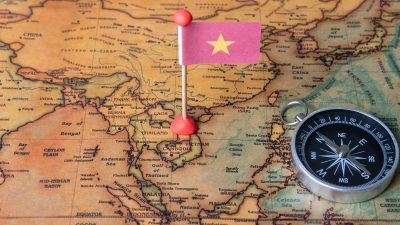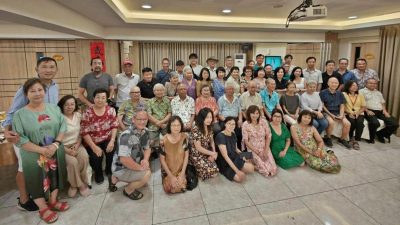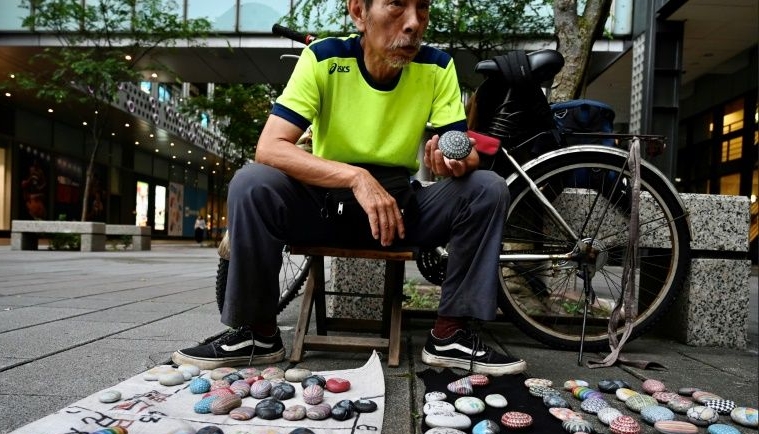
TAIPEI (AFP) — From Chinese characters to traditional Aboriginal totems, artist Wu Rong-bi has been selling intricately painted pebbles on the streets in Taiwan for the last 40 years.
Dubbed "Uncle Stone" by his fans, the 64-year-old street artist began painting small rocks as Christmas gifts for his pupils when he was a young teacher.
The idea was a hit and he went on to pass a test to become a licensed busker in Taipei.
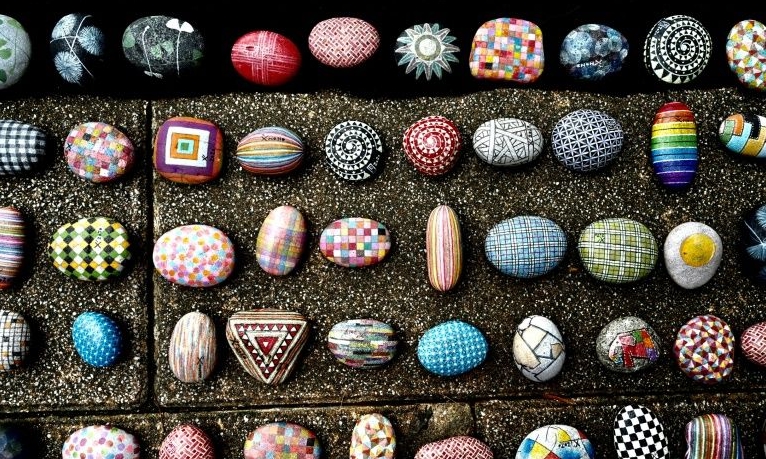
Wu sees his paintings as more than decorations — instead they are a way to convey good wishes to his customers.
"I often tell them there is a positive concept behind each stone and I hope they can find it helpful in some ways," he told AFP at his stand outside a department store in Taipei.
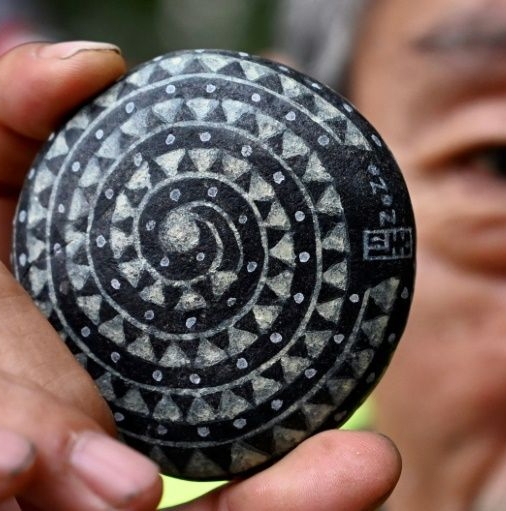
One popular pattern he paints is the leaves of the ginkgo plant. In Mandarin the tree is known as "yin hsin", a phrase that also means wishing happiness on someone.
Other pebbles have a fish on them, a positive symbol in Chinese culture because the word for a fish is also a homophone for abundance.
Some creations are inspired by Aboriginal totems, both from Taiwan's indigenous communities and those overseas.
"Aboriginal cultures over the world have similar concepts and I base my drawings on the totems that stand for the vitality of life," he said.
The vast majority of Taiwan's population are Han Chinese, with just two percent from its original indigenous tribes.
Most scholars consider Taiwan and parts of Southeast Asia as the orginal source of the Austronesians, who include people in the Pacific and Southeast Asia, as well as New Zealand's Maoris, and Polynesians in Hawaii.
Like many Aboriginal communities, Taiwan's indigenous people suffered cultural and economic catastrophe once settlers landed on the island's shores from the 17th century.
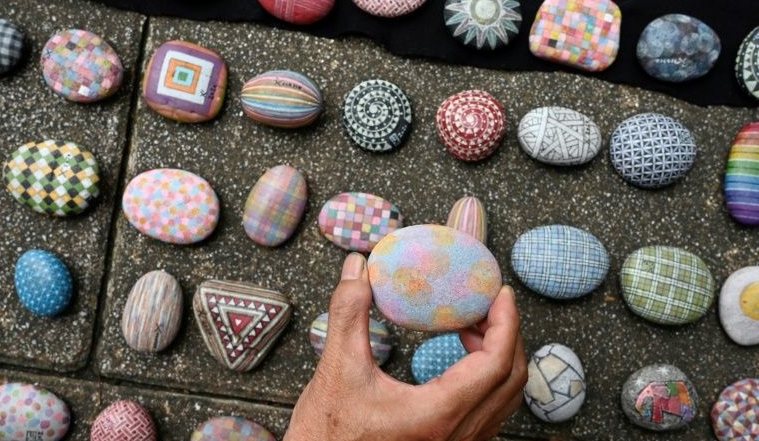
ADVERTISEMENT
ADVERTISEMENT










